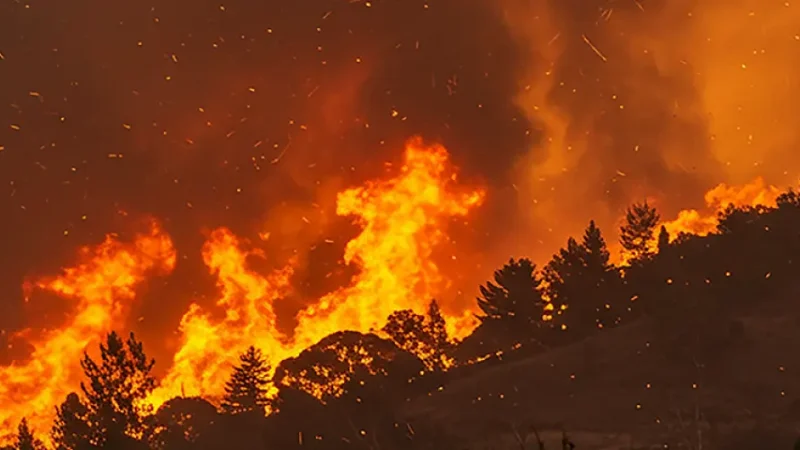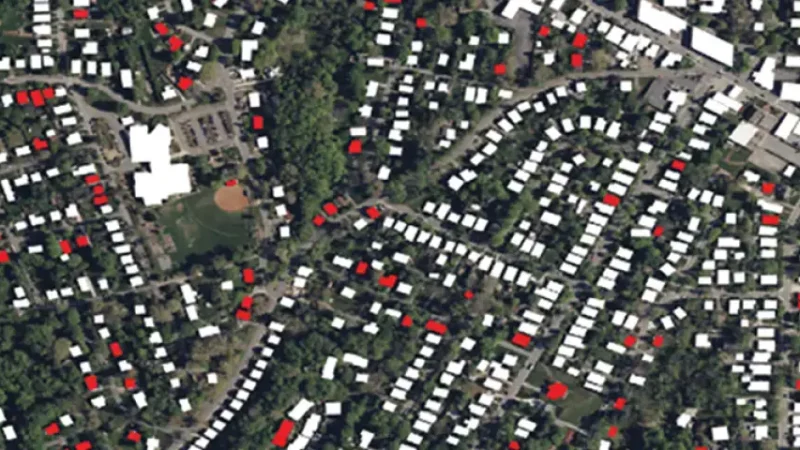Reports & Publications
Explore our library of reports, incident briefs, case studies, and analytical outputs.
Incident Reports

Incident Report
January 2025 Los Angeles Wildfires: once-in-a-generation events now happen frequently
The Eaton and Palisades fires, among California’s most destructive wildfires, were driven by dry vegetation and powerful Santa Ana winds. Sparked by human activity, the fires spread rapidly across urban areas, killing 29 people, displacing thousands, and destroying over 16,000 structures—underscoring the growing threat of urban wildfires in a warming climate.
While hot, dry, and windy conditions set the stage, it was human failure—unmanaged vegetation, fire-prone development, and inadequate home protections—that turned risk into catastrophe.
The UNU-INWEH brief calls for coordinated wildfire prevention efforts, including: large-scale home hardening, vegetation management, improved land-use planning, and the use of advanced technologies for fire prediction and response. Reducing human-caused ignitions and enhancing preparedness are essential for protecting vulnerable communities.

Incident Report
Helene disaster: The threat of poor management and climate change to human lives and assets
Hurricane Helene struck Florida’s Big Bend and swept through five additional states, damaging over 31,000 buildings and threatening $12.5 billion in property. With at least 230 deaths, it became the deadliest U.S. hurricane since Katrina.
While climate change is fueling more intense storms, the scale of destruction is also tied to human vulnerability—unregulated development in flood-prone areas and aging infrastructure not built for extreme weather.
The UNU-INWEH brief calls for bold, integrated solutions: investing in resilient infrastructure, enforcing better land-use planning, and leveraging science and technology for climate adaptation. To reduce disaster risk, we must address both global climate trends and local vulnerabilities.
Incident Briefs

Incident Brief
Building damage assessment of the March 2025 Myanmar earthquake
On March 28, 2025, a 7.7 magnitude earthquake struck near Mandalay, Myanmar—resulting in an estimated 3,600 to 5,350 deaths and over 11,000 injuries. It was the country’s deadliest earthquake in nearly a century.
Using Sentinel-1 satellite radar data, UNU-INWEH’s rapid assessment found over 157,000 damaged buildings and around 200,000 displaced people across seven cities. Damage was especially severe in Woundwin, where 73% of structures were affected.
The devastation was largely due to unreinforced masonry and poor enforcement of seismic building codes. Political instability and weak governance further hampered preparedness and response. Cultural heritage sites and hospitals were among the many structures destroyed.
The brief calls for urgent action: enforce building codes, retrofit key infrastructure, and use modern technologies like AI and remote sensing to reduce future risks. Myanmar’s experience is a stark reminder that without resilient planning, natural hazards quickly become human disasters.
